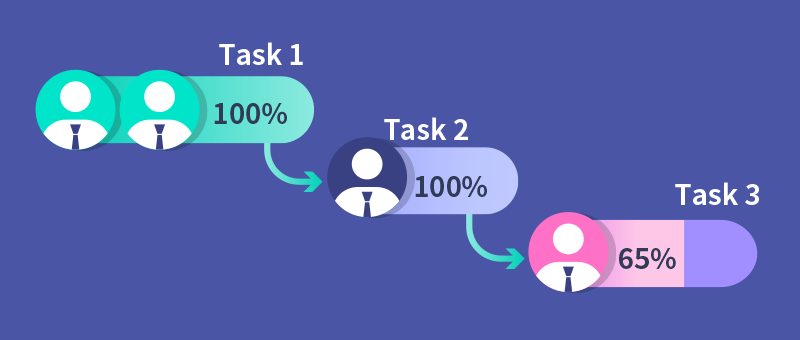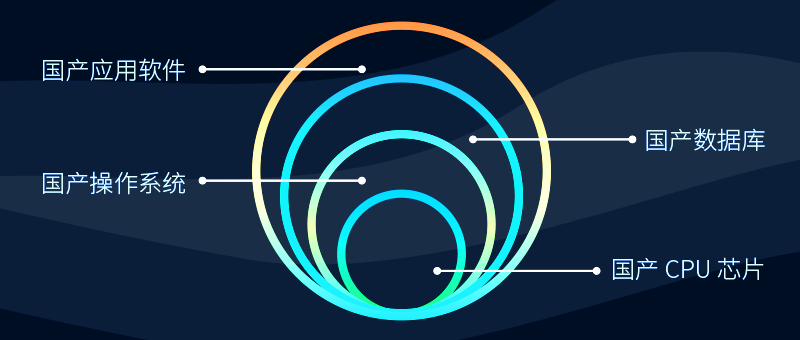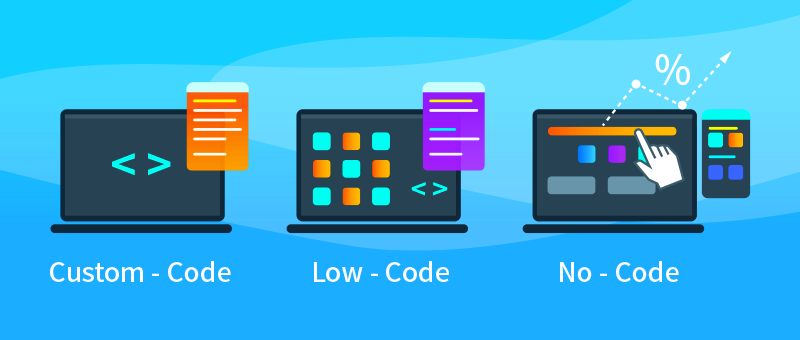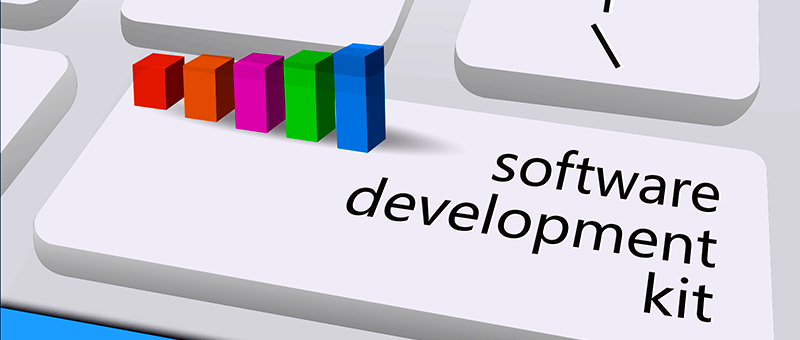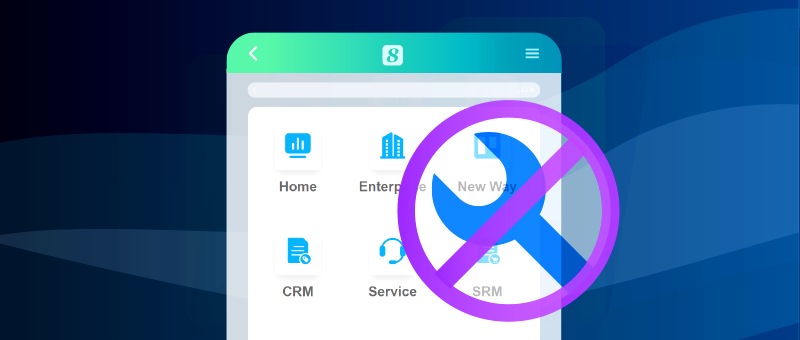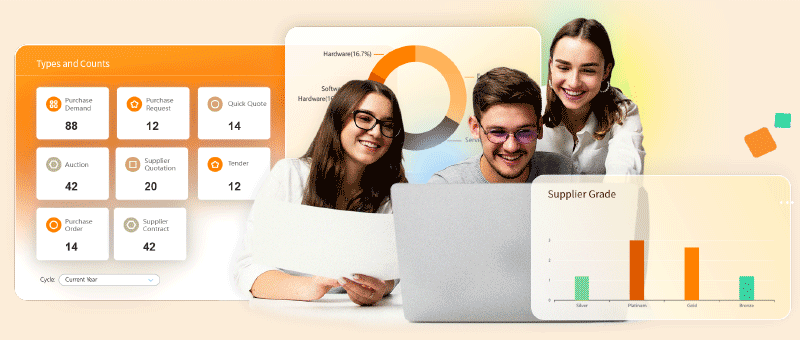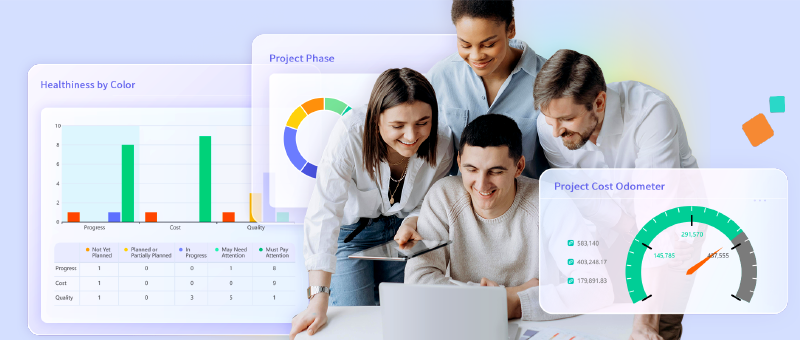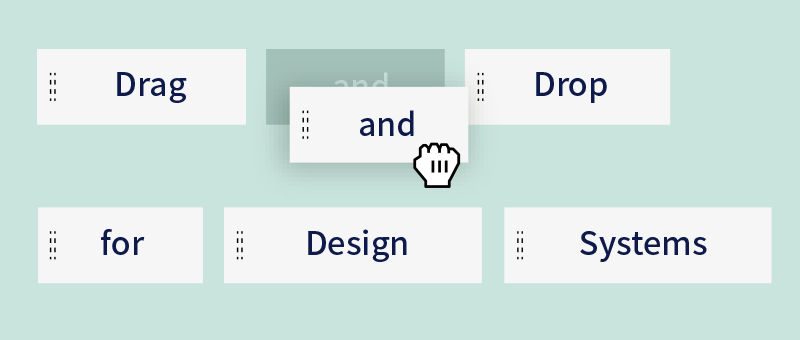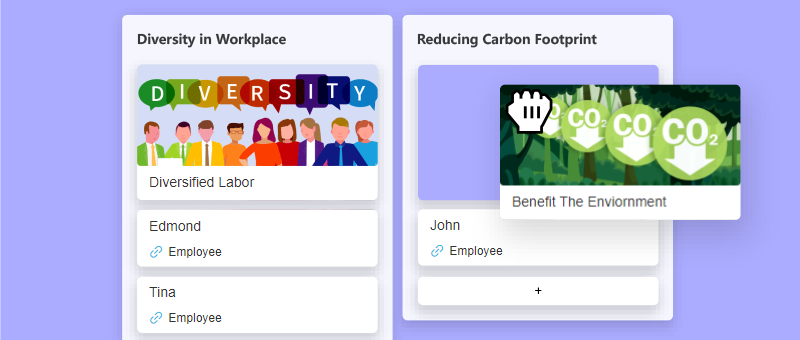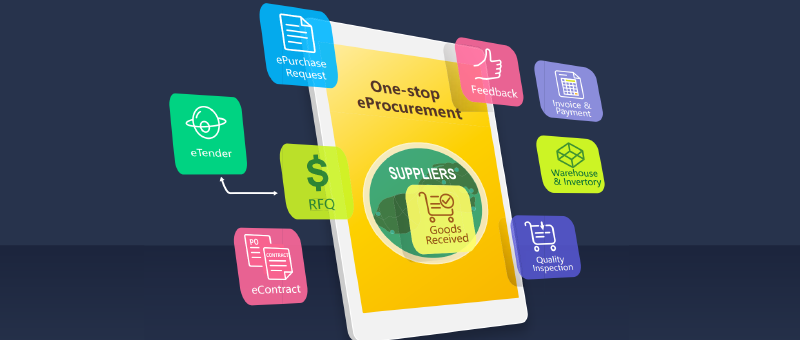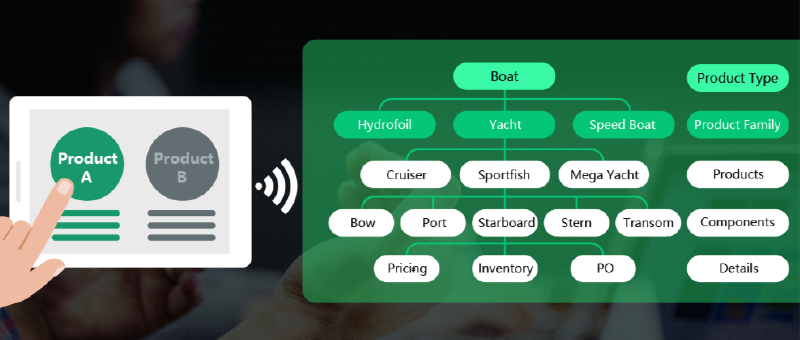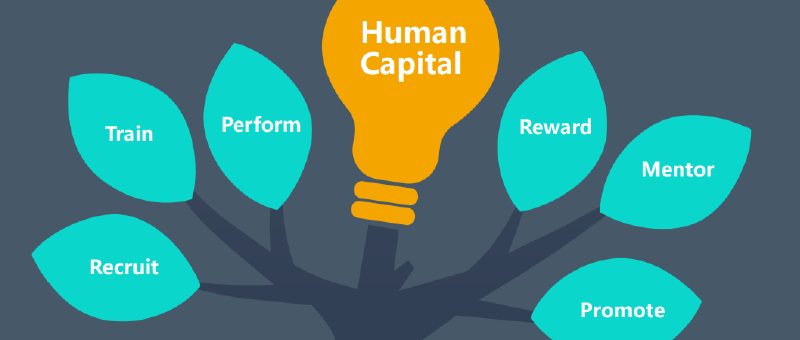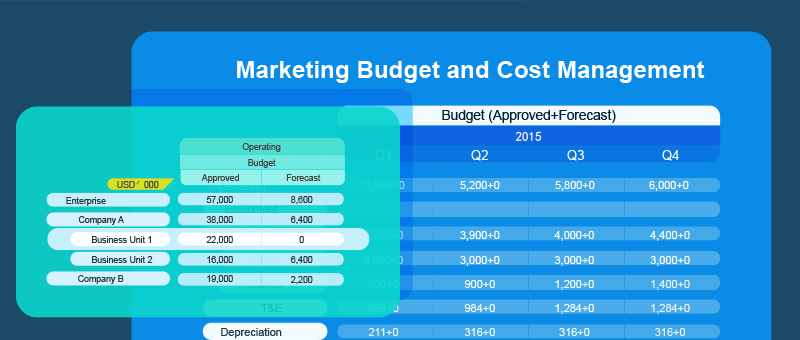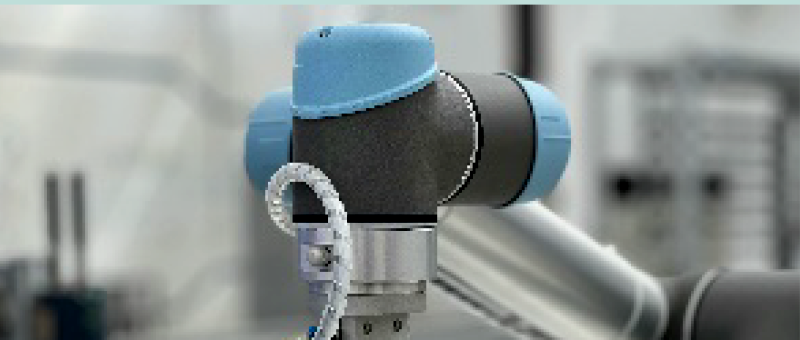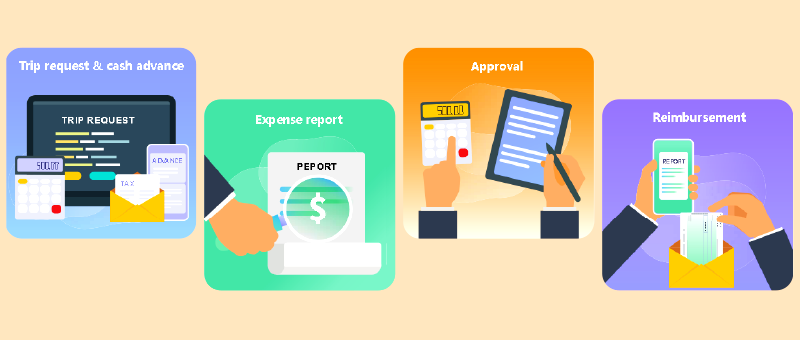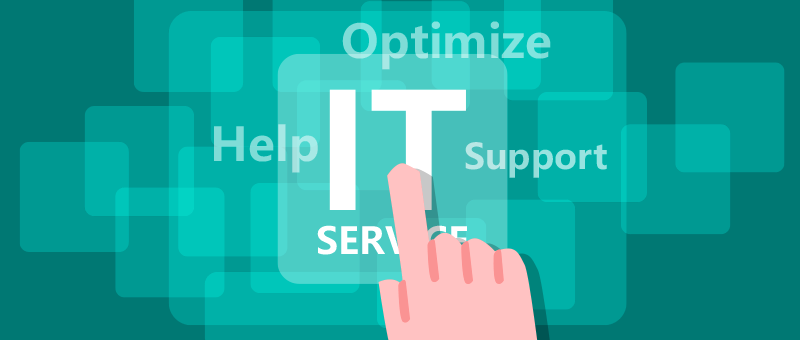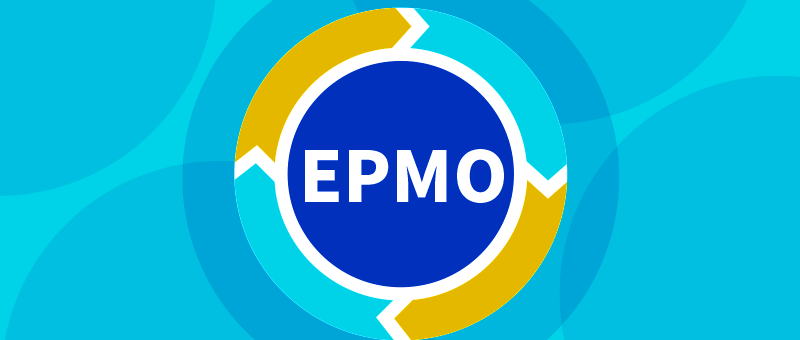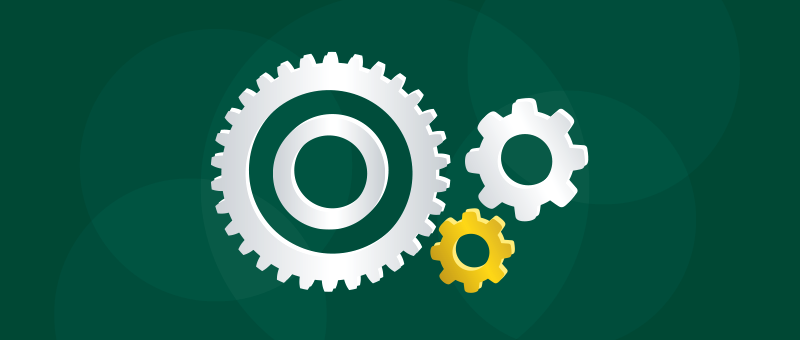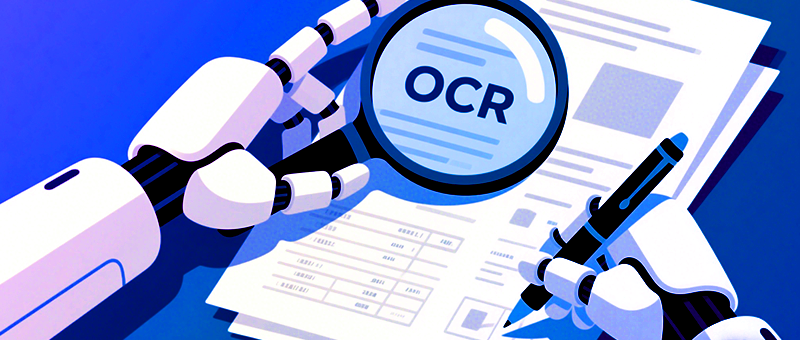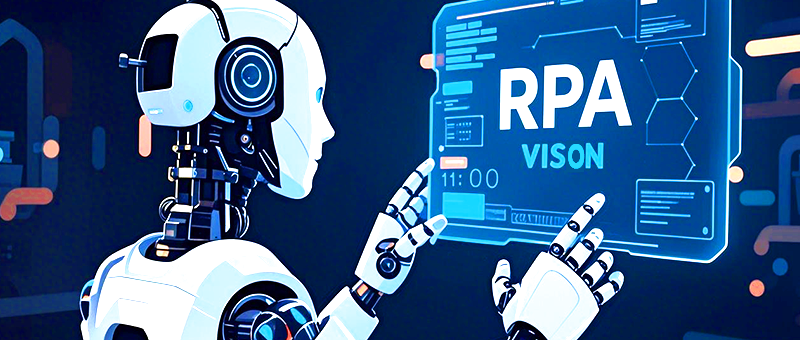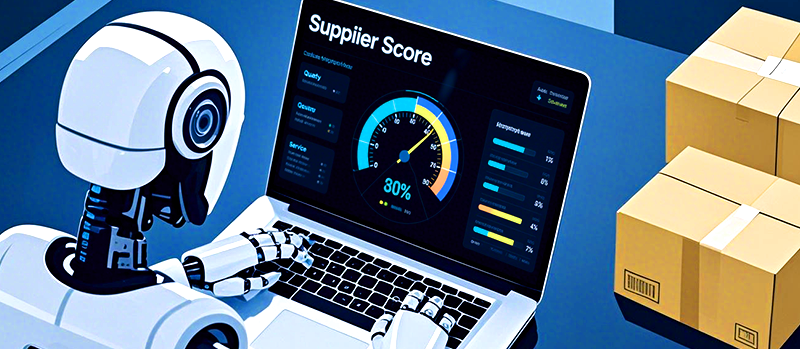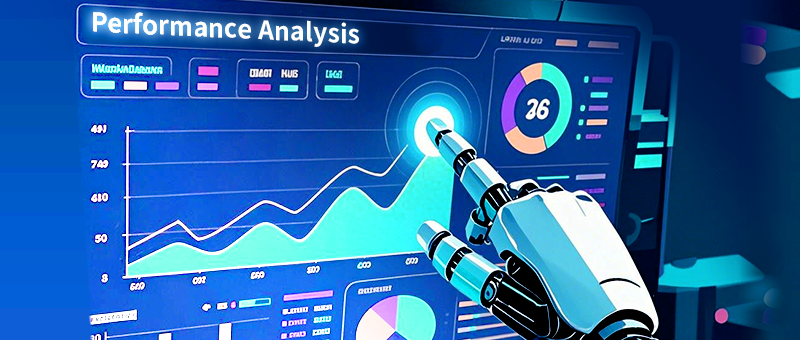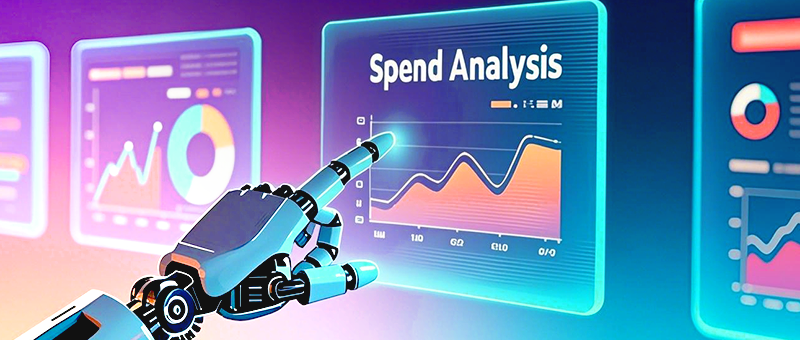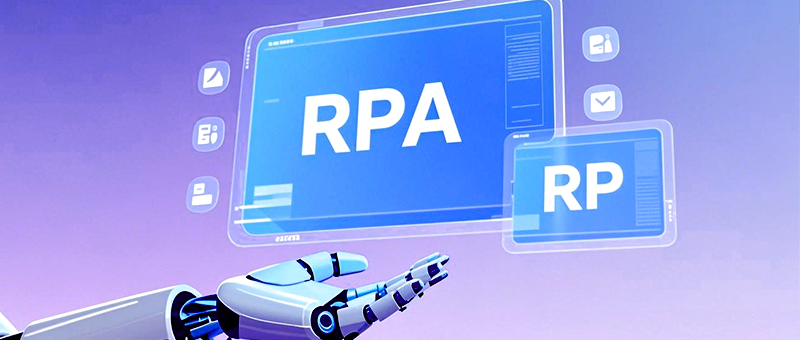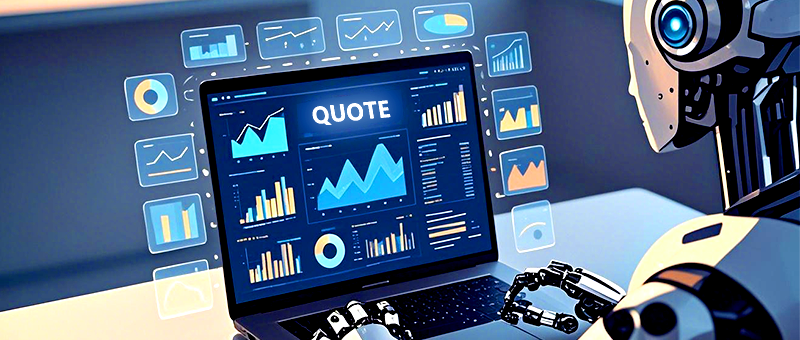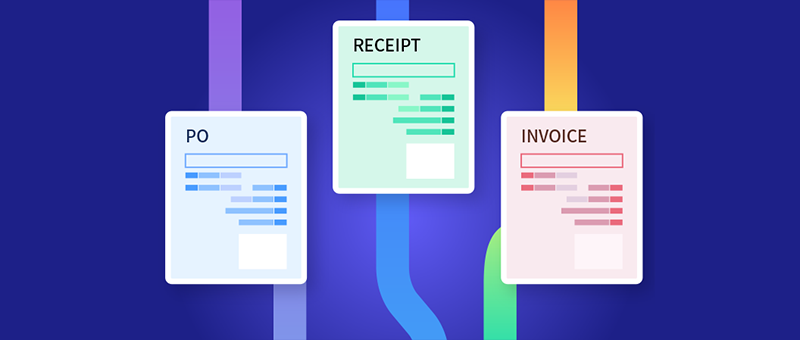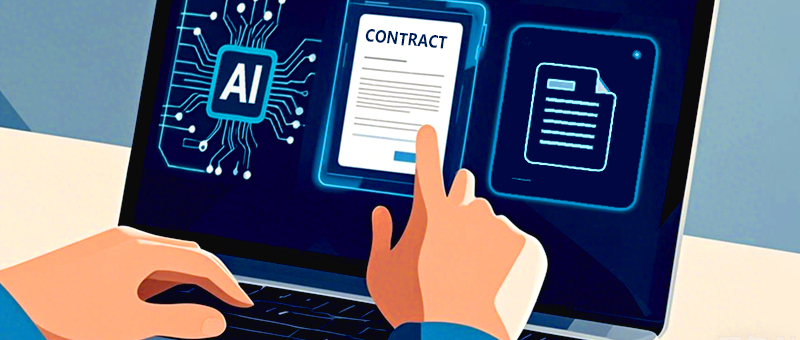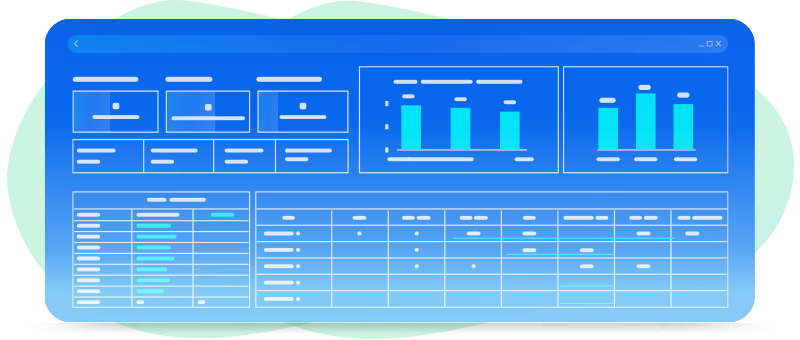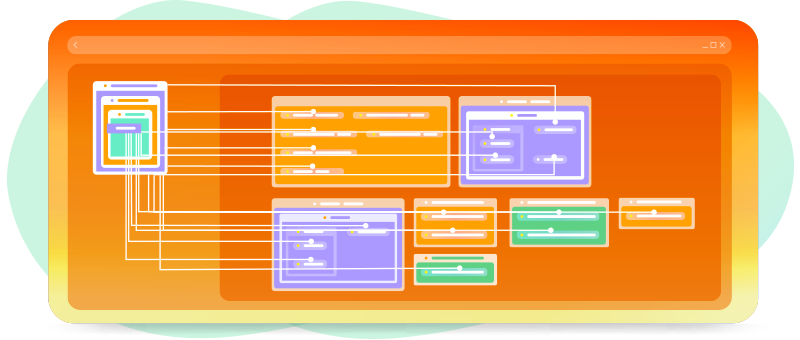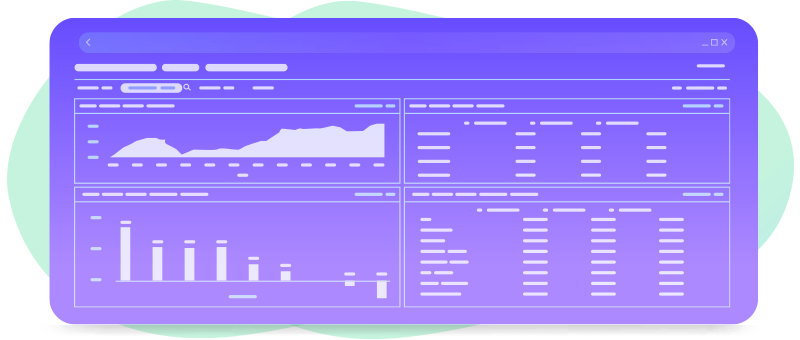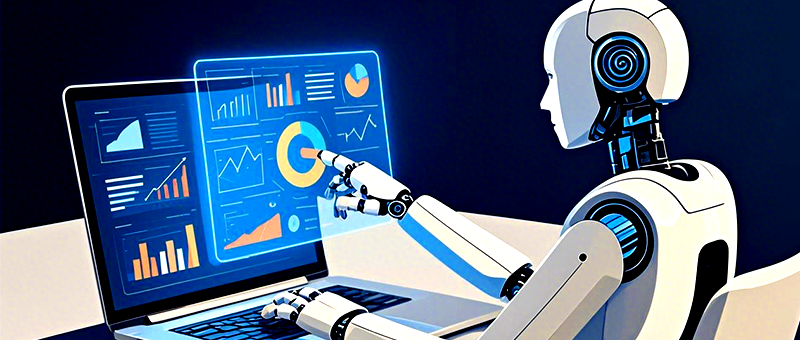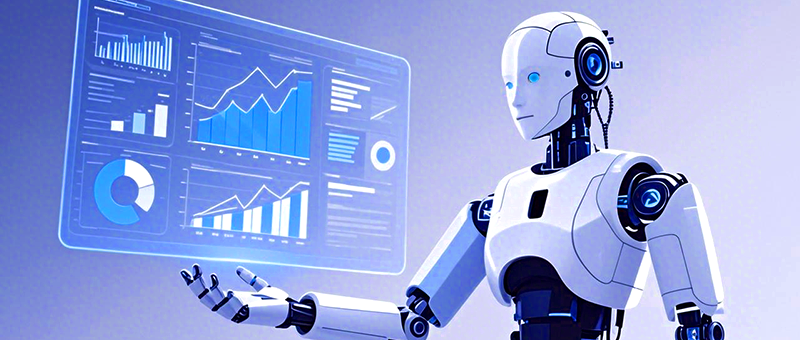Top 8 project management tools for product development in 2025 (free included)
2025-04-18
In the fiercely competitive landscape of product development in 2025, efficiency and collaboration are paramount. From conceptual design to market launch, every phase demands precise management. How can teams ensure clear requirements, controlled timelines, and seamless collaboration under tight schedules? Without the right project management tools, development processes risk descending into chaos, potentially leading to delays or even product failure.
To help product development teams navigate this challenge, I’ve evaluated eight leading project management systems: 8Manage PM, Jira, PingCode, Asana, Trello, Monday.com, Microsoft Project, and ClickUp. These tools offer comprehensive support, from requirements management to progress tracking, significantly boosting development efficiency. Below, I’ll detail their features, provide selection guidance, and share practical tips to help you optimize your product development process.
Overview of 8 leading project management systems for product development
1. 8Manage PM
8Manage PM is a robust, all-in-one tool tailored for the full lifecycle of product development. It supports requirements management, task allocation, progress tracking, and resource management, accommodating both agile and waterfall methodologies. Trusted by companies like Taichuan Co., Aoluxin, and Jiangfeng Biotech, its standout feature is its integrated design, offering end-to-end visibility from requirements gathering to product delivery, complemented by powerful reporting and analytics for real-time insights.
Best for: Mid-to-large R&D teams needing complex project management and data-driven decisions.
Website: https://www.8manage.com/ppm_index.html
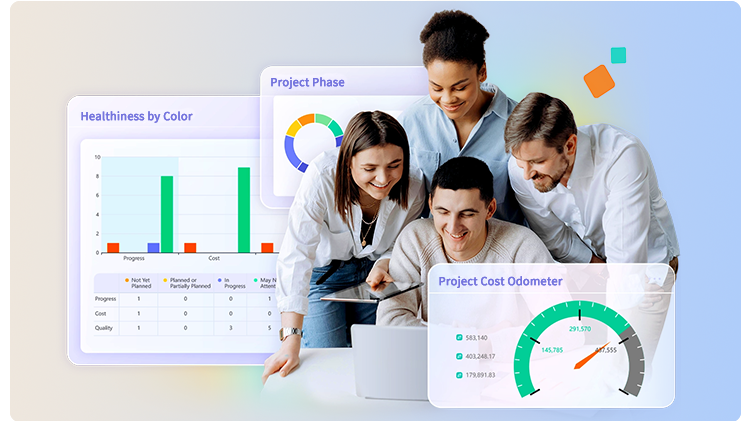
2. Jira
Developed by Atlassian, Jira is a go-to tool for software development, supporting agile methodologies (Scrum, Kanban) with features like defect tracking, task management, and customizable workflows.
Pros: Highly flexible, ideal for tech-driven teams, though configuration can be complex.
Website: http://www.atlassian.com/software/jira
3. PingCode
A Chinese-developed tool, PingCode specializes in R&D project management, covering requirements planning, development, and testing. It integrates with GitHub and Feishu and offers free access for teams of up to 25.
Best for: Small-to-medium teams, particularly those prioritizing localized solutions.Website: https://sc.pingcode.com
4. Asana
Asana provides intuitive task management and progress tracking, ideal for cross-departmental collaboration between marketing and technical teams in product development.
Pros: User-friendly interface, easy to adopt.Website: http://www.asana.com
5. Trello
Trello’s Kanban-based system is perfect for lightweight project management, with tasks displayed as cards for quick adjustments.
Best for: Small teams or startups.Website: http://www.trello.com

6. Monday.com
Known for its high customizability and automation, Monday.com excels in managing creative-technical hybrid projects with flexible view options.
Pros: Highly visual and adaptable.Website: http://www.monday.com
7. Microsoft Project
Microsoft Project is designed for large-scale R&D projects, offering advanced features like Gantt charts and resource allocation, seamlessly integrated with the Office ecosystem.
Best for: Large enterprises needing precise planning.Website: http://www.microsoft.com/project
8. ClickUp
ClickUp is a versatile, cost-effective tool supporting task management, time tracking, and document collaboration.
Pros: Comprehensive and flexible for teams of all sizes.Website: http://www.clickup.com
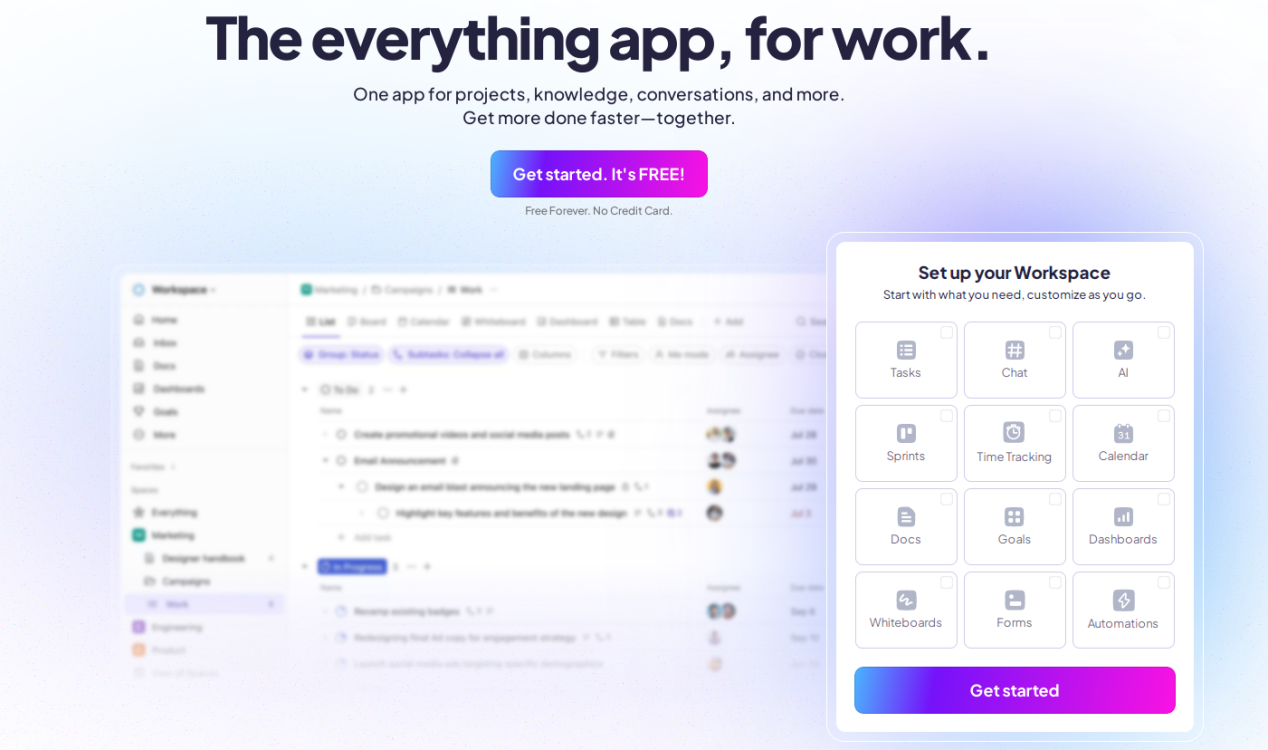
How to choose the right project management system for product development
Selecting the ideal system depends on your team’s needs. Small-to-medium teams often prioritize ease of use and affordability, while large enterprises require robust integration and analytics. Budget is also critical—Statista reports global project management software spending exceeded $20 billion in 2024, underscoring the need to balance cost and value.
I recommend leveraging free trials to evaluate tools. For instance, 8Manage PM and PingCode offer trial periods, allowing teams to test compatibility with their R&D workflows before committing.
Core features of project management systems in 2025
In 2025, top-tier project management systems must address the growing complexity of R&D with essential features:
Requirements management: Tools like 8Manage PM and Jira enable end-to-end tracking, ensuring clarity and control from requirements gathering to decomposition.
Progress tracking: Microsoft Project and Trello use Gantt charts or Kanban boards to provide intuitive progress visualization, keeping projects on schedule.
Collaboration and integration: Integration with tools like GitHub or communication platforms like Feishu eliminates information silos, enhancing team synergy.
Advanced capabilities: Features like risk prediction and resource optimization are becoming standard. For example, 8Manage PM’s analytics can flag potential bottlenecks early, allowing teams to adjust strategies and improve efficiency.
Boosting product development efficiency with project management systems
Project management systems are indispensable for enhancing R&D efficiency, especially as collaboration becomes increasingly vital. Tools like Asana streamline communication with built-in comment features, reducing email clutter. According to PwC, such streamlined communication can cut project delays by up to 20%.
Systems like 8Manage PM and Monday.com ensure clear task assignments, eliminating redundant work or overlooked tasks. Meanwhile, ClickUp’s real-time updates empower managers to monitor progress and address issues promptly. For example, a hardware R&D team using 8Manage PM reduced its prototyping cycle from three months to two, thanks to the tool’s transparency and execution power.
Best project management systems for small-to-medium R&D teams
For small-to-medium R&D teams, balancing budget and functionality is key. Resource-constrained teams need cost-effective, user-friendly tools. Trello’s free version, with its intuitive interface, is ideal for startups managing simple tasks. Asana’s friendly design and ease of use make it a popular choice, while 8Manage PM, though feature-rich, offers flexibility and affordability, earning favor among domestic teams.
These tools meet immediate needs and scale with team growth. In contrast, Jira’s extensive features and higher cost suit larger, resource-rich teams. Small-to-medium teams should prioritize lightweight tools to kickstart project management efficiently.
Conclusion
In the dynamic world of 2025 product development, selecting the right project management system is critical to success. From 8Manage PM’s comprehensive lifecycle management to Trello’s lightweight Kanban boards and Jira’s agile support, each tool offers unique strengths. By aligning tools with team size, budget, and needs—and leveraging trials—you can boost R&D efficiency and ensure timely product launches. I hope this analysis and guidance inspire your development journey!






